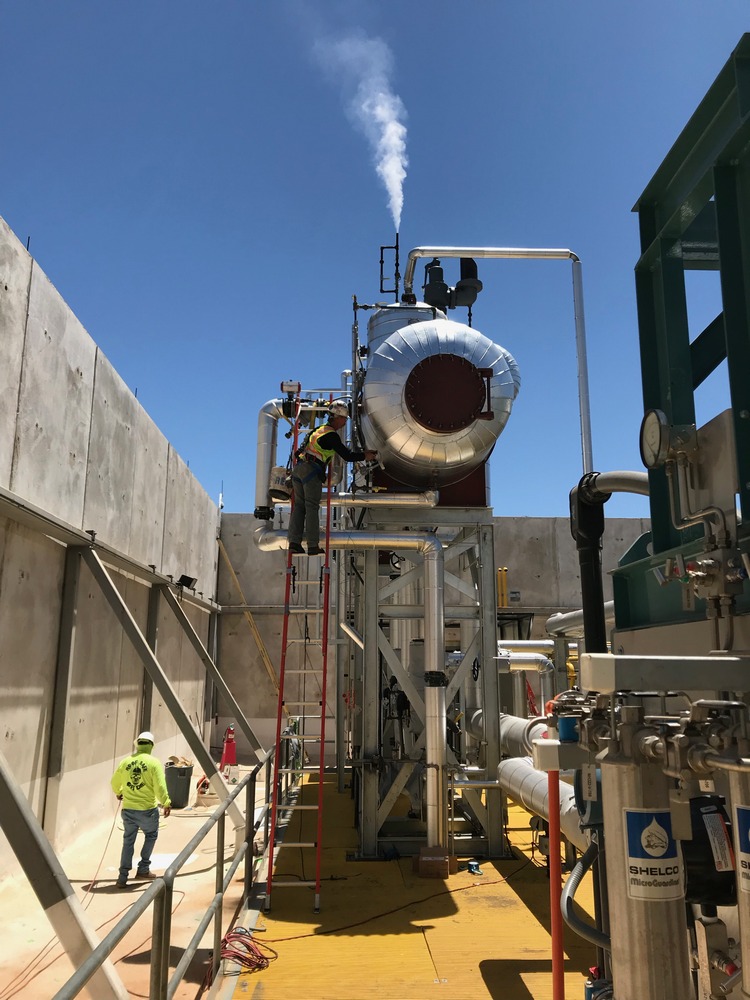
An essential expansion and upgrade to Arizona State University’s combined heating and power facility located in Tempe, Arizona, has been completed. The project effectively doubles the available electrical power for the ASU research community microgrid, while also doubling the steam capacity used for heating by both the research community and the Tempe campus distribution network.
The CHPF allows ASU to be completely independent of the electrical grid if it ever needed to be, such as in the instance of a citywide power outage, ensuring that there is no disruption to millions of dollars’ worth of ongoing research.
The CHPF expansion project added a new T-70 solar turbine generator, one of the most efficient turbines available, and new heat recovery steam generator, along with a dozen supporting ancillary systems to ultimately add over 7 kW of power and 90,000 lb/hr of steam to support research activities at ASU’s Tempe campus.
While expanding power operations is the main priority of the project, the CHPF expansion also supports ASU’s goal to eliminate greenhouse gases from building energy sources by 2025 as part of its Carbon Neutrality Action Plan. It is estimated that the new turbine generator will reduce annual carbon dioxide emissions by 4,000 metric tons.
The CHPF expansion project required more than 40,000 of worker hours to complete. The total contract value was just under $13 million and the project was completed on time in less than ten months. Project team members included Rosendin, McCarthy Building Companies, Sun Devil Energy LLC, Cleanway Energy and R.G. Vanderwell Engineers.


 Join our thriving community of 70,000+ superintendents and trade professionals on LinkedIn!
Join our thriving community of 70,000+ superintendents and trade professionals on LinkedIn! Search our job board for your next opportunity, or post an opening within your company.
Search our job board for your next opportunity, or post an opening within your company. Subscribe to our monthly
Construction Superintendent eNewsletter and stay current.
Subscribe to our monthly
Construction Superintendent eNewsletter and stay current.